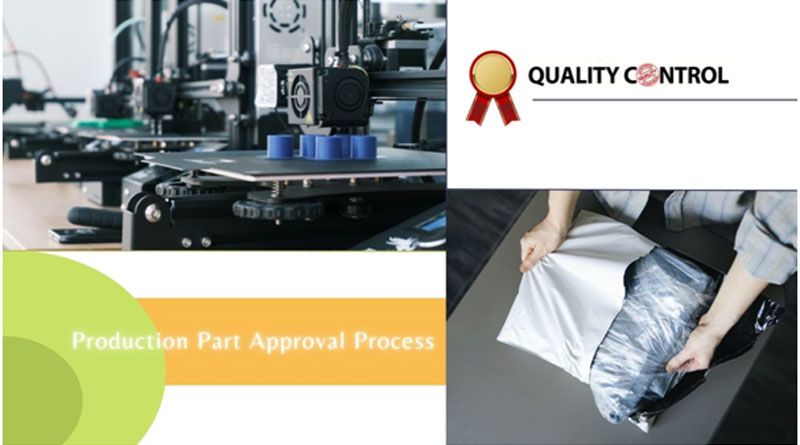Image source: Production Part Approval Process
The global quality standards for manufacturing keep improving and changing, as a result companies are urging the suppliers to implement the Production Part Approval Processes, also known as PPAP. PPAP is an integral part of any production process; it helps in identifying the risks and improves the communication between the supplier and customer. Because of clear and detailed communication, the chances for revisions, returns and complaints after delivery of product decrease. Hence, a stable and long-term relationship between the customer and the product manufacturing company is the most important factor for any company and brand to thrive. If you are not aware of a Production Part Approval Process and how it works, then continue reading.
What is PPAP?
As mentioned above, PPAP is a process used in the auto and aerospace industries.It is also required if any part needs to be changed or replaced. Customers can request the PPAP as long as the product is in working condition. Therefore, the suppliers have to maintain a record of the PPAP submissions, which is a time-consuming task. This is why they use this quality system those records and maintains all the requirements. PPAP helps avoid poor production and poor quality, wrong product design, and inconsistency in quality control.
Who Performs the PPAP?
Usually, the supplier or the production staff is responsible for creating a PPAP report that the customer then reviews.
What does a PPAP Document Consists Of?
The PPAP document consists of engineering change documents, engineering approval by customer, design record, flow diagrams of the processes, design failure modes, process failure modes, control plan, measurement system analysis, dimensional results, performance test results, qualified lab documentation, sample product, master sample, checking aids and a few more things. Basically, it consists of all the details and events that take place during the process.
Who Monitors the PPAP Standards?
The AIAG monitors and governs the PPAP standards. It stands for the Automotive Industry Action Group. Companies like Ford, Toyota, Honda, Nissan and Volkswagen, along with some service providers and around 800 original equipment manufacturers, are members of the AIAG.
How many Levels of Submission are there in PPAP?
There are a total of five levels of submission in the PPAP. The first level is known as the Part Submission Warrant,which is only submitted to the customer. The product sample is submitted in the second level, along with the limited supporting data. In the third level, the complete supporting data is submitted. The fourth level involves the submission of requirements and instructions given by the client. Finally,the Submission Warrant level completes the supporting data, and the supplier’s manufacturing location is submitted in the fifth level. PPAP is mandatory for establishing confidence in the production process of suppliers. This is a necessary process for both suppliers and manufacturers. The 5 levels involved ensure the quality generation of the product. It incorporates taking measurements of the product and certifying its quality, which is necessary for both generating revenue and customer satisfaction.

Namaste UI collaborates closely with clients to develop tailored guest posting strategies that align with their unique goals and target audiences. Their commitment to delivering high-quality, niche-specific content ensures that each guest post not only meets but exceeds the expectations of both clients and the hosting platforms. Connect with us on social media for the latest updates on guest posting trends, outreach strategies, and digital marketing tips. For any types of guest posting services, contact us on info[at]namasteui.com.

